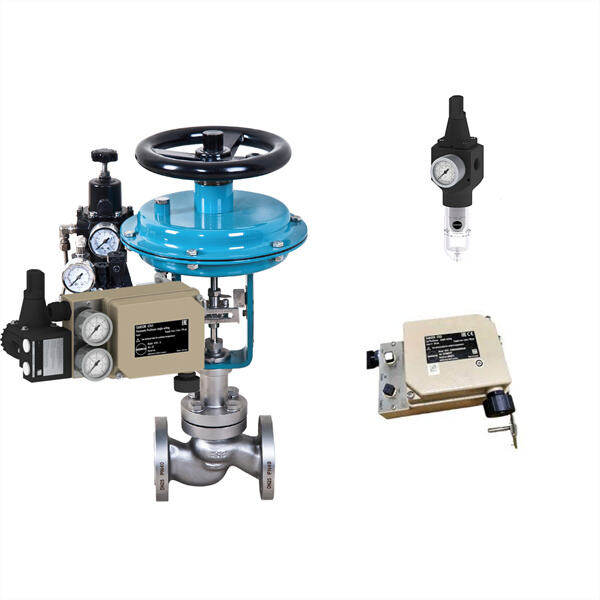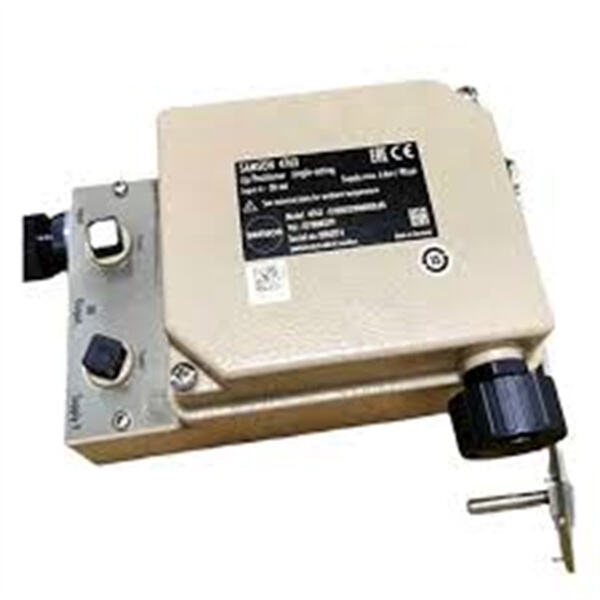First, let's talk about valves. Valves act like doorways to regulate the passage of liquids or gases in pipes. They can be open or closed, to allow things to pass through or to block them. Now, what if we could vary the extent to which the valve opens or closes easily at the push of a button? Enter the electro pneumatic valve positioner.
An Electropneumatic Valve Positioner is an instrument working on force balance principle to position the Control Valve Stem in accordance to a 3-15 PSIG (0.2-1.0Kg/cm²) input signal. When you push a button or twist a knob, the positioner sends command to the valve to let it know how much to open or close. Sounds like some kind of wizardry, but in reality is the power of science and technology coming together to make our lives a little bit (or a lot) easier!
So now we know what an electro pneumatic valve positioner is let’s look at some of the ways it can make things better. We can control valves more accurately and faster because we use either a positioner. This means that we can fine-tune the amount of liquid or gas that goes through a pipe with incredible precision, making processes more efficient and saving a great deal of energy.
Let’s say we have a factory that bottles a liquid. Employees can easily control liquid flow with an electro pneumatic valve positoner and a ensure each bottle is filled appropriately. Not only does this save time, but there’s also less waste with the entire process.

What do I mean by calibrating the Electro Pneumatic Valve Positioner; well if you think of a compass they always need to be set to point to the true North so an electro pneumatic valve positioner also needs to be set so it works properly. Calibration is the equivalent of setting a datum point for the positioner to know how far to open or close the valve when you command it.

But even the greatest technology can have the hiccups. If you see that your electro pneumatic valve positioner isn't working like it should, then you can find a few common problems to search for. One typical issue is leaks of air that cause pressure levels necessary to operate the valve to change. Another possibility is electrical connections, especially if they are loose or in poor condition.

And as the world becomes more modernized, so more are the electro pneumatic valve positioners. We may see even more smart positioners in the future that can talk with other elements in a system, where everything becomes more automated and efficient. Picture a positioner that can self-adjust according to real-time data, enhancing operations while conserving energy.